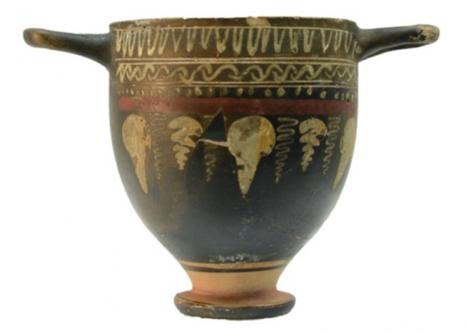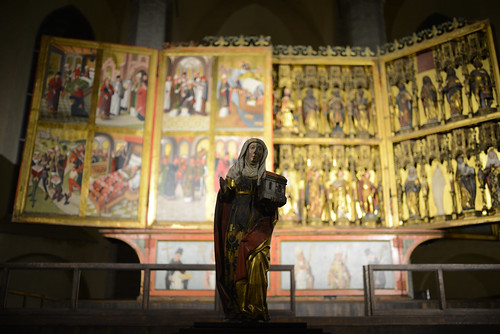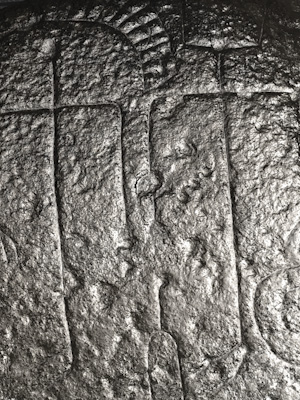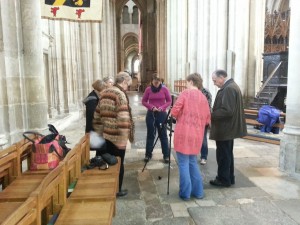
Postcard from Iberia: RTI recording of Palaeolithic cave and rock art in Spain and Portugal
It was 40oC in the direct sun, too hot and too bright to head into Portugal’s Côa valley to record the open-air Paleolithic rock engravings of this World Heritage Site, so we waited until 8pm, until the temperature reached a slightly more manageable 32oC, and more importantly the sun was setting behind the steep side of the valley.
Continue reading →









